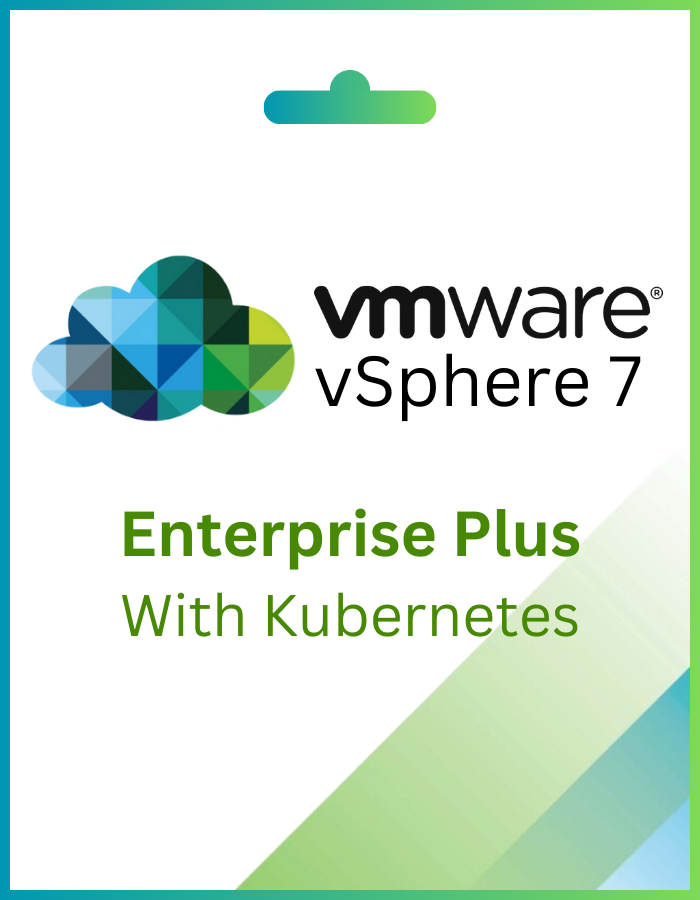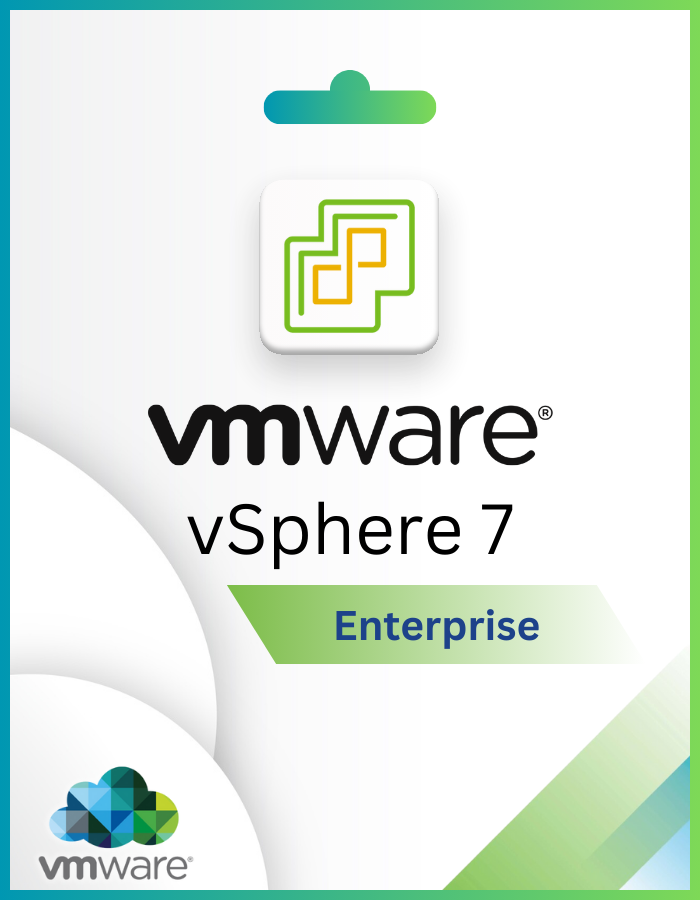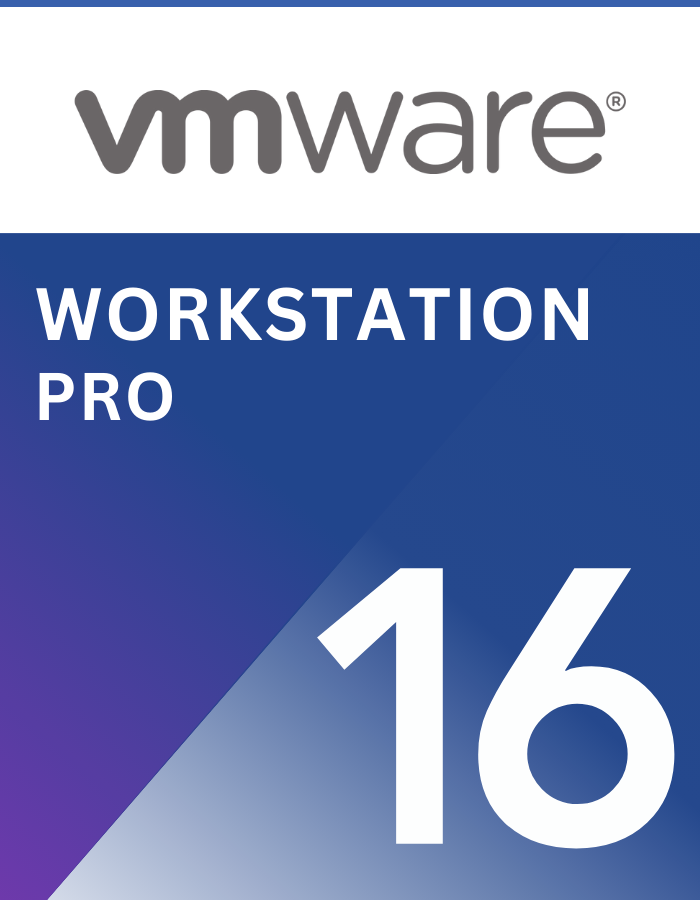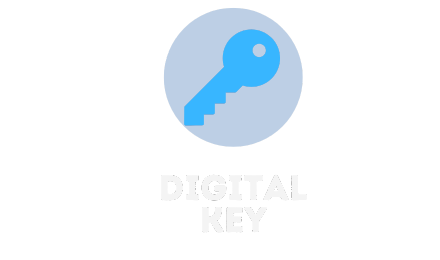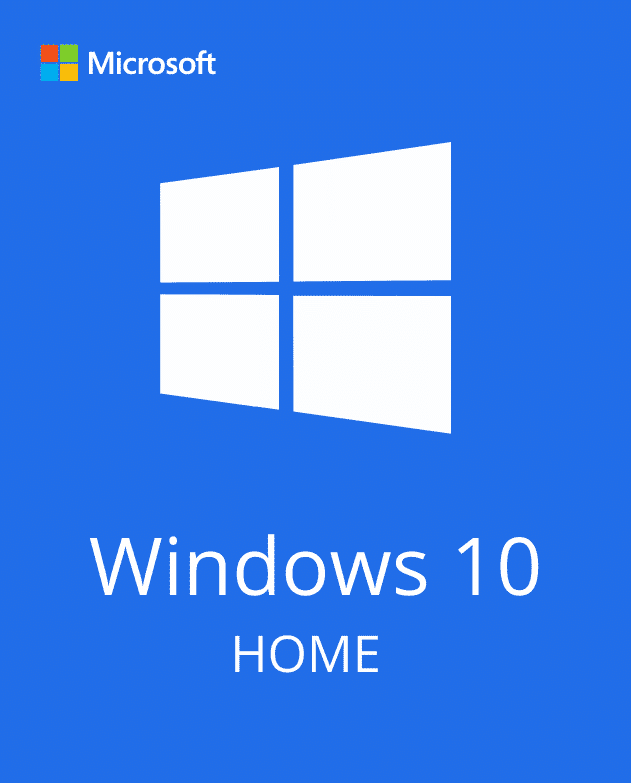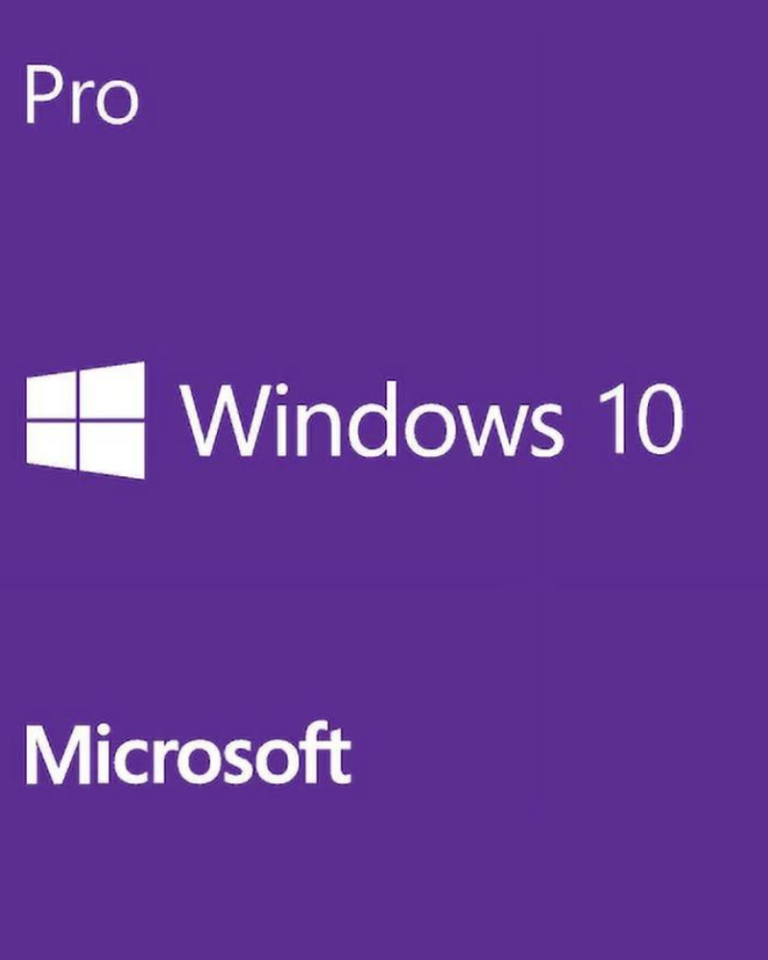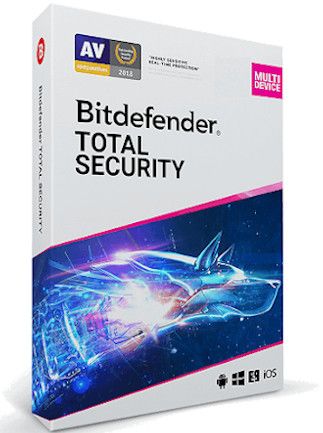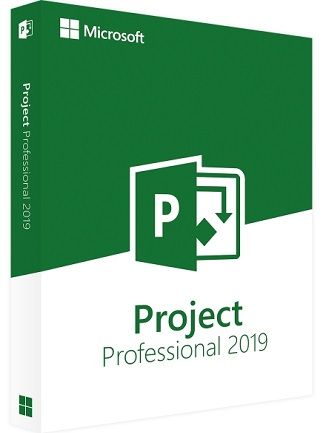VMware’s licensing structure for vSphere with Kubernetes has evolved since vSphere 7. Here’s a breakdown of what you might be encountering and the current approach in vSphere 8:
Historical Context (vSphere 7):
Prior to vSphere 8, there were two main options for integrating Kubernetes with vSphere 7:
vSphere with Tanzu Basic (previously Add-on for Kubernetes): This was a simpler option offering basic functionalities for deploying and managing Kubernetes clusters within a vSphere environment. It required a separate license alongside a vSphere Enterprise Plus license.
VMware Cloud Foundation with Tanzu Services: This offered a more comprehensive solution with advanced features for managing Kubernetes alongside VMs. It was a complete platform targeted at larger deployments and required a separate licensing model.
Current Approach in vSphere 8:
In vSphere 8, VMware simplified the licensing for integrating Kubernetes. Here’s how it works:
- vSphere 8 Enterprise Plus is “Tanzu Ready”: This signifies that vSphere 8 Enterprise Plus includes built-in capabilities for deploying and managing Tanzu Kubernetes Grid (TKG) clusters. You no longer need a separate Add-on for Kubernetes license.
- Tanzu Kubernetes Grid (TKG): TKG remains a separate product offering a production-grade Kubernetes platform. However, it can be seamlessly integrated and managed within vSphere 8 Enterprise Plus.
Benefits of this approach:
- Simplified Licensing: The need for a separate Add-on for Kubernetes license is eliminated, streamlining the licensing process for integrating Kubernetes with vSphere.
- Unified Management: TKG clusters can be managed alongside VMs within the familiar vCenter Server interface, simplifying operations for IT teams.
- Flexibility: vSphere 8 Enterprise Plus caters to organizations with varying needs. You can leverage its core virtualization functionalities or extend them to manage containerized applications with TKG.




